New data obtained by India's "Chandrayaan-3" mission confirm the theory of the Moon's tumultuous past.
According to a study published on August 21 in the journal Nature, our satellite was once covered by a vast ocean of magma.
The lunar formation theory suggests that nearly 4.5 billion years ago, a Mars-sized protoplanet named Theia collided with a larger protoplanet. As a result of this catastrophic event, Theia broke apart, and a significant portion of the other body's material scattered into space. Subsequently, these debris mixed with the remnants of Theia and formed the Moon.
Leading author of the study, Santosh Vadawale, explains that a key aspect of this theory is the hypothesis of the lunar magmatic ocean. The energy released during the collision melted the outer layers of the newly formed Moon, extending hundreds of kilometers deep. This global ocean of magma cooled and solidified for at least tens of millions of years.
The "Chandrayaan-3" mission marked the first successful landing in the Moon's polar region. The rover "Pragyan" collected regolith samples Regolith is a layer of loose, fragmented material that covers the solid surface of certain celestial bodies, including the Moon, Earth, and other planets and moons., allowing scientists to analyze the soil composition and compare it with data from other regions of the satellite.
Regolith is a layer of loose, fragmented material that covers the solid surface of certain celestial bodies, including the Moon, Earth, and other planets and moons., allowing scientists to analyze the soil composition and compare it with data from other regions of the satellite.
Analysis results mostly confirmed scientists' expectations. The regolith composition in this area turned out to be similar to that of the equatorial highlands, further supporting the hypothesis of a lunar magmatic ocean.
However, researchers discovered an unexpectedly high content of olivine—a relatively heavy magnesium-based mineral. While the presence of olivine is not unusual, its quantity and ratio to another heavy mineral—pyroxene—were surprising. Unlike previous samples where pyroxene predominated, the samples from "Pragyan" contained more olivine.
Vadawale notes that this discovery could be significant in refining models of lunar formation. However, he cautions against hasty conclusions, emphasizing that further research and modeling are needed to explain this phenomenon.
Source: Popular science






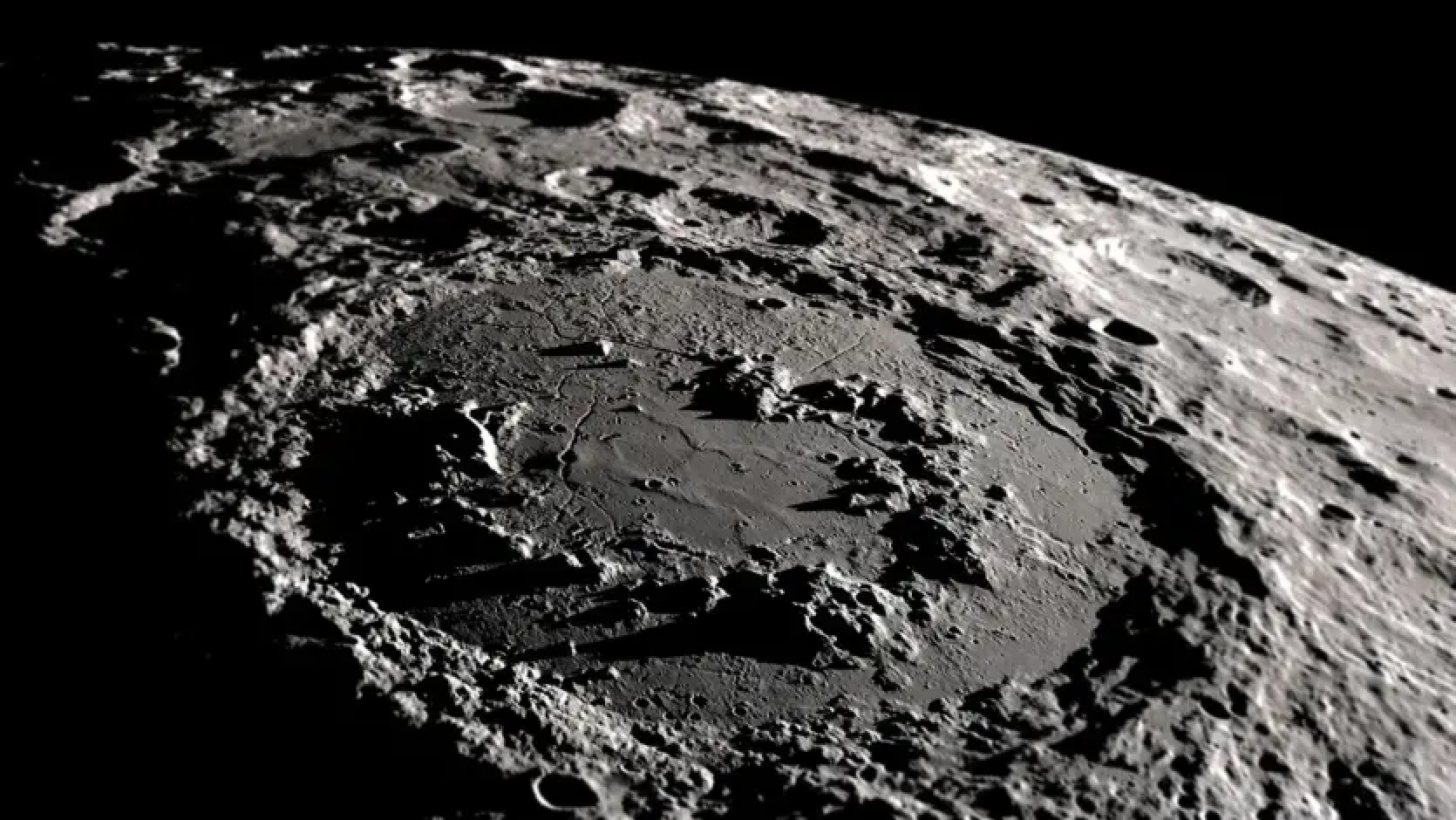


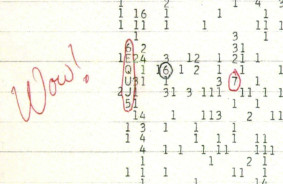

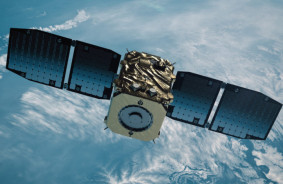
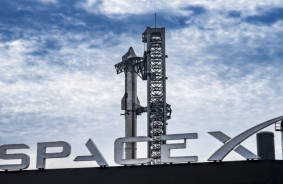
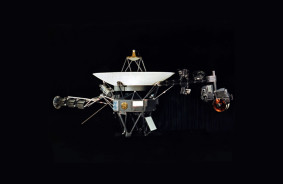
Comments (0)
There are no comments for now